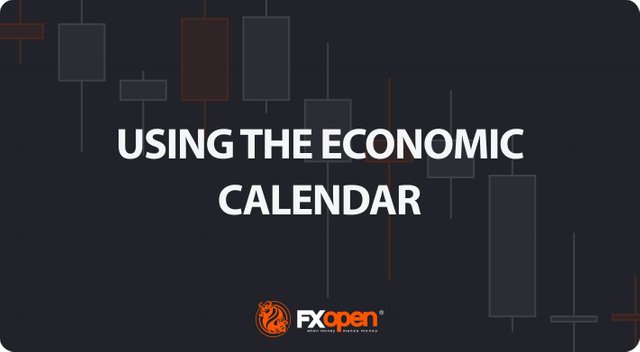
The dynamic world of forex trading requires staying ahead of market movements. Traders rely on various tools and strategies to make informed decisions, and one tool that holds immense importance is the economic calendar. In this article, we will discuss the specifics of utilising the economic calendar for market analysis.
Key Economic Indicators
Using the economic calendar and understanding the major indicators provides traders with a comprehensive overview of an economy's health.
- Gross Domestic Product (GDP): GDP stands as a primary indicator of economic health, representing the total value of * goods and services produced. A growing GDP signifies a robust economy, while a shrinking one may indicate contraction.
- Labour Data: Employment numbers, including unemployment rates and job creation, provide insights into the labour market's strength, acting as a barometer for economic vitality.
- Inflation (CPI/PPI): Inflation, measured through the Consumer Price Index (CPI) and Producer Price Index (PPI), reflects the general increase in prices. Central banks closely monitor inflation rates to adjust monetary policies.
- Central Bank Interest Rates: Central banks utilise interest rates to control inflation and stimulate or cool down economic activity. Changes in these rates can have a profound impact on currency values.
- Manufacturing and Services PMIs: The Purchasing Managers' Index (PMI) for the manufacturing and services sectors gauges business conditions. Values above 50 indicate expansion, while those below 50 signals signify contraction.
- Retail Sales: Consumer spending patterns are reflected in retail sales data, offering valuable insights into economic growth or contraction.
Understanding Event Impact in Live Economic Calendars
Read full story visit FXOpen blog